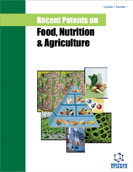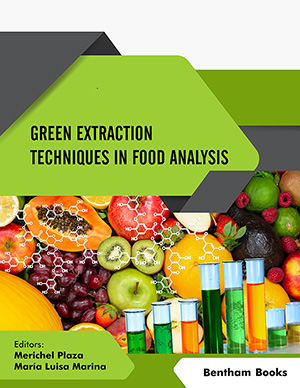Abstract
Background: The wine-growing sector is probably one of the agricultural areas where the ties between product quality and territory are most evident. Geographical indication is a key element in this context, and previous literature has focused on demonstrating how certification of origin influences the wine purchaser’s behavior. However, less attention has been devoted to understanding how the value of a given name of origin may or may not be determined by the various elements that characterize the typicality of the wine product on that territory: vines, production techniques, etc.
Methods: It thus seems interesting, in this framework, to evaluate the impacts of several characteristic attributes on the preferences of consumers. This paper will analyze, in particular, the role of the presence of autochthonous vines in consumers’ choices. The connection between name of origin and autochthonous vines appears to be particularly important in achieving product “recognisability”, while introducing “international” vines in considerable measure into blends might result in the loss of the peculiarity of certain characteristic and typical local productions. A standardization of taste could thus risk compromising the reputation of traditional production areas. The objective of this study is to estimate, through an experimental auction on the case study of Chianti, the differences in willingness to pay for wines produced with different shares of typical vines.
Results: The results show that consumers have a willingness to pay for wine produced with typical blends 34% greater than for wines with international blends.
Conclusion: However, this difference is not confirmed by blind tasting, raising the issue of the relationship between exante expectations about vine typicality and real wine sensorial characteristics. Finally, some recent patents related to wine testing and wine packaging are reviewed.
Keywords: Experimental auctions, typicality, taste, wine, vine.
 24
24 2
2 1
1 2
2


















